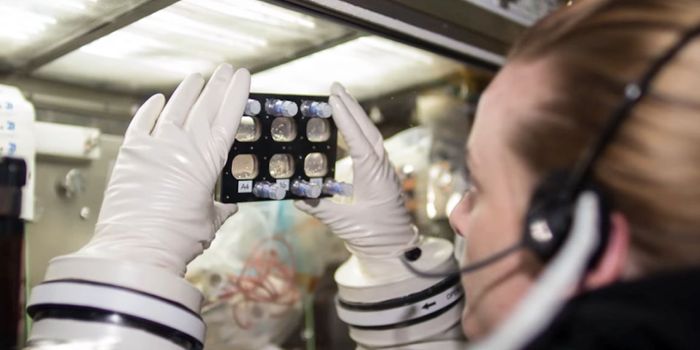Insight Into the Maturation of Giant Viruses
Typical viruses that we're familiar with need another organism to survive, and many of them have extremely small genomes, sometimes made not of DNA, but of RNA. But in recent years, researchers have identified other kinds of viruses that are much more complex. Some of them have huge genomes encoding for more than a few simple proteins.
Researchers have been trying to learn more about these viruses. Some of them seem to have more in common with eukaryotic cells, the complex type of cell found in plants, fungi, and animals, than with other common viruses or microbes.
One type of giant virus called medusavirus was first isolated from a Japanese hot spring. Scientists have now learned more about how it matures. This four-stage process, which occurs within an infected host cell, has been outlined in the Journal of Virology.
The researchers were found that the "replication process and genome are different from those of other viruses," from an evolutionary perspective, making it "extremely interesting," said study co-leader Professor Masaharu Takemura of the Tokyo University of Science. "Interestingly, medusavirus also has a unique particle structure."
With transmission electron microscopy and cryo-electron microscopy, the researchers characterized the morphology of the virus in infected amoeba cells.
This revealed four types of medusavirus in and outside of the host cells, which were classified as either pseudo-DNA-empty, DNA-empty, semi-DNA-full, or DNA-full, based on how much DNA or spongy (pseudo) material they contained.
The researchers also assessed gene expression at various time points, which suggested that the virus has four maturation stages. The medusavirus is different from other viruses in part because it produces its viral shell or capsid inside of the infected host cell's cytoplasm, and the viral DNA was replicated in the nucleus. Only empty capsids that were near the nucleus could acquire viral DNA to become s-Full or DNA-full particles.
While all four types of medusavirus had a similar outer structure and capsid, p-Empty and Empty particles had membranes that were open at one end, while s-Full and Full particles had a complete, closed internal membrane.
The researchers suggested that the incomplete membranes are a sign that the viral particles aren't mature yet, and that "the gaps are likely used to exchange DNA and proteins required for medusavirus maturation and disappear as the virus reaches its final stage," suggested Takemura.
We have more to learn about the biology and life cycle of giant viruses, and there are many questions, such as what role they have played in evolution, or what types of cells they might infect. Right now, there is no evidence that any giant viruses discovered so far can infect humans.
Sources: Tokyo University, The Journal of Virology








